Putting
Children
First
Art & Design
Stimulate your creativity and imagination!
Vision for Art
At Dove Bank Primary School, we believe that art is an essential part of the primary curriculum.
Art stimulates creativity, imagination and inventiveness.
We aim to give children a wide variety of high-quality art experiences, through drawing, painting, printing, collage and sculpture that engage and challenge our pupils.
Subject Leader Biography
Hi everyone!
I am Ms Vale and I am a year five teacher at Dove Bank Primary. I also have the pleasure of leading the subject of Art.
If you have any questions about our Art Curriculum then please contact the school via telephone, email or come and speak to me directly.


Subject priorities
Our curriculum has been developed to teach art across the years strategically, so every child will experience a variety of art equipment and techniques.
As the children progress through school, art experiences are built upon so the children can make decisions about their approach to different challenges.
We will also make sure art is not taught just in art designated lessons, but wherever appropriate it is linked to the wider curriculum as it gives children the opportunities to bring a topic to life.
Useful links
- BBC Bitesize have created a set of videos for children to explore artists and art history, along with different techniques and medias to try.
- CBeebies have created 10 minute arts and craft activities to try.
- Toy Theater is an interactive art site where children can create their own digital art.
Curriculum Statement
Intent
At Dove Bank Primary we want to enable all pupils to think and act creatively. That means exploring all aspects of creativity: personal and social, exploring art for a variety of reasons, in a variety of contexts. Most importantly, it means enjoying the journey, so that pupils want to engage in creative activities, and so that they can grow to appreciate and value the importance of art.
Art and design teaching at Dove Bank Primary is intended to instil an appreciation and enjoyment of the visual arts. Art and design stimulates imagination and creativity; involving children in a range of visual, tactile and sensory experiences, which enable them to communicate what they see, think and feel through the use of the elements of colour, texture, form and pattern. Art and design promotes careful observation and an appreciation of the world around us. Children explore ideas and meanings through studying the work of artists and designers. Through learning about the roles and functions of art, they can explore the impact it has had on contemporary life and on different periods and cultures.
The aims of teaching art and design in our school are:
- To engage, inspire and challenge pupils, equipping them with the knowledge and skills to experiment, invent and create their own works of art, craft and design.
- As pupils progress through school, they should begin to think critically and develop a more rigorous understanding of art and design. They should also know how art and design both reflect and shape our history, and contribute to our culture
- To produce creative work, exploring their ideas and recording their experiences.
- To become proficient in drawing, painting, sculpture and other art, craft and design techniques
- To evaluate and analyse creative works using the language of art, craft and design.
- To know about great artists, craft makers and designers, and understand the historical and cultural development of their art forms.
Implementation
The art and design curriculum at Dove Bank Primary is based upon the Primary National Curriculum in England, which provides a broad framework and outlines the knowledge and skills and taught in each Key Stage.
Teachers plan lessons for their class using Curriculum Maestro based on the half termly topics. This curriculum covers a range of styles, artists and genres: drawing, painting, collage, printmaking, textiles and 3D (sculpture).
To ensure that the pupils get the benefit of a full and balanced curriculum, links are made (where appropriate) with other curriculum areas.
Critical thinking is encouraged when discussing art, works of art and artists through the use of both closed and open-ended questions. Pupils are also encouraged to use and respond to similar questions in response to their own work.
Our curriculum involves the study of a range of culturally and ethnically diverse artists, designers and craftspeople both past and present and fosters the understanding that that art is made by all sorts of people, in many different ways, for many different reasons.
Impact
Our art and design curriculum is high quality, well thought out and is planned to demonstrate progression.
The impact of our Art curriculum is that the majority of children, in our school, are able to;
- Produce creative work, exploring their ideas and recording their experiences.
- Become proficient in drawing, painting, sculpture and other art, craft and design techniques
- Evaluate and analyse creative works using the language of art, craft and design
- Know about great artists, craft makers and designers, and understand the historical and cultural development of their art forms.
- By the end of each key stage, pupils are expected to know, apply and understand the matters, skills and processes specified in the relevant programme of study
We measure the impact of our curriculum through the following methods:
- Summative assessment of pupil discussions about their learning.
- Images and videos of the children’s practical learning.
- Interviewing the pupils about their learning (pupil voice).
- Moderation staff meetings where pupil’s books are scrutinised and there is the opportunity for a dialogue between teachers to understand their class’s work.
- Annual reporting of standards across the curriculum.
- Marking of written work in books.

